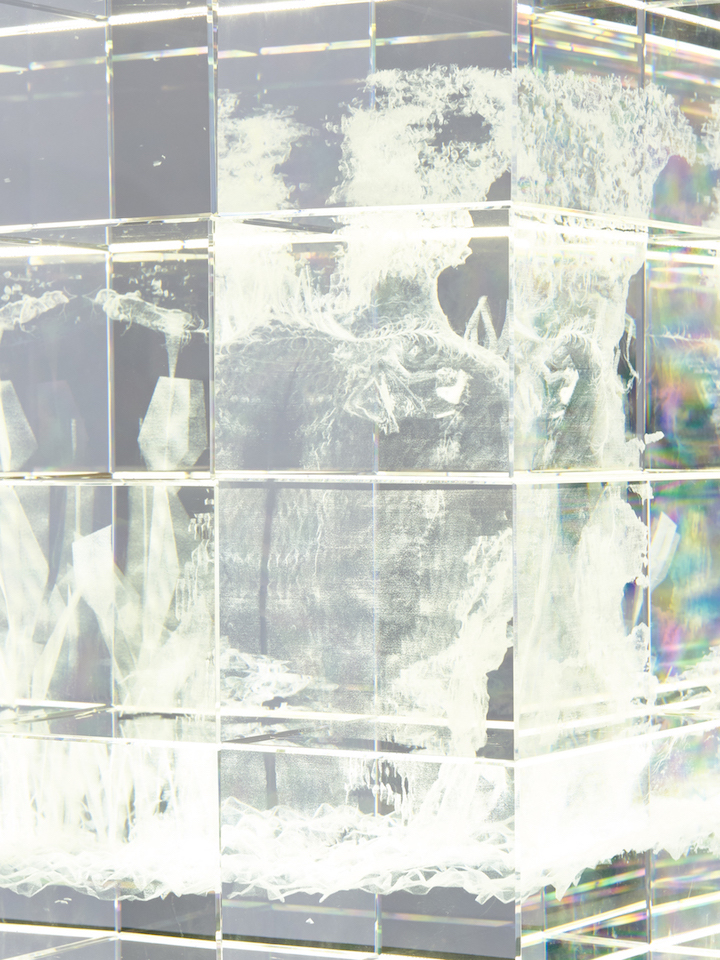
inkstand – fragments of intent
Galerie Eric Mouchet is pleased to announce the first solo exhibition by Eva L’Hoest, titled inkstand – fragments of intent, in its Brussels space. Winner of the Edward Steichen Award (2023), Eva L’Hoest recently presented her first institutional solo exhibition, The Mindful Hand, at Casino Luxembourg (2025). Through her works, Eva L’Hoest develops a visual language that bridges craftsmanship and contemporary technologies, where memory, myth, and matter intertwine. Since the beginning of her career, she has participated in numerous major exhibitions in Belgium and abroad, including at La Friche la Belle de Mai (Marseille, 2025), KANAL – Centre Pompidou, the Biennale of Sydney (2022), WIELS (Brussels, 2021), the Riga Biennale (2020), the Lyon Biennale (2019), and the Okayama Art Summit Triennale (Japan, 2019).
The exhibition features Inkstand – Fragments of Intents, Ne pas réveiller les chiens qui dorment, and The Inmost Cell — three recent bodies of work by Eva L’Hoest that reflect on how technologies shape our gestures, behaviors, and imaginaries. By reinterpreting the lost-wax casting technique through a digital process, Eva L’Hoest brings fire and code into dialogue, merging the fusion of metal with that of data. Her works emerge as remnants of an archaeology of the future — forms in which the memory of gestures and the traces of the codes that have passed through them continue to resonate.
The sculptures of Inkstand – Fragments of Intents, made of a bismuth and tin alloy, emerge from their sand molds like from a primordial shell. Suspended between appearance and collapse, they form small enclosed worlds—domestic dioramas inhabited by human and animal figures illuminated from within, in a liminal space between dreaming and awakening. Displayed in vitrines reminiscent of the operant conditioning chambers devised by B.F. Skinner in the 1930s, they unfold a meditation on behavioral conditioning, from laboratory experiments to digital interfaces, where our gestures and attentions are shaped by invisible architectures. The vitrines rest on a network of metallic ramps that weave through the space, guiding the viewer’s gaze and movement, much like the algorithms that steer our trajectories within digital space according to an implicit logic of constraint.
With Ne pas réveiller les chiens qui dorment, L’Hoest conceives a contemporary altarpiece in which tensions between the sacred and technology, memory and matter, are re-enacted. Entirely sculpted in virtual space and 3D-printed, the triptych transposes manual modeling into a “digital clay.” Through lines of code, the altarpiece reveals in its very materiality the trace of its own making: the filaments deposited by the printer’s head weave a delicate network between forms, like an organic mesh connecting “islands” of matter—a term used in 3D printing to describe isolated parts of a volume. The visible layers draw a topography of mechanical gesture, a cartography of the machine’s movement. The figures—demiurgic hands, fragmented bodies, sleeping dogs—evoke iconographies of judgment, revelation, and protection. The dogs, like chimeras, guard a suspended world, keepers of a displaced sacred within the technological sphere. The work outlines a contemporary purgatory, a space where thought and matter merge, where language and faith are recast at the scale of code.
Disseminated throughout the space, the series of pendants Spectio (False North) continues Eva L’Hoest’s reflection on technical expertise — from the Roman groma to contemporary algorithms — and its power of legitimization. In Antiquity, only the augurs, often drawn from the ranks of magistrates, were authorized to read the signs of the sky and determine the course of collective destiny. Today, predictive technologies extend this gesture, shaping new forms of power under the guise of scientific knowledge. Suspended in the air, the sculptures recall those measuring instruments once used to delineate the foundations of cities, linked to spectio — the ritual observation of the sky — in which the gaze itself becomes an instrument of order. Spectio thus acts as a meditation on the fragility of our points of reference, and on how faith, knowledge, and the desire for measurement shift and intertwine within a world saturated by multiple fields of attraction.
Engraved within blocks of crystal, figures from the film The Inmost Cell appear as suspended fragments—liquid architectures floating in a gravity-free space. The central figure derives from a 3D scan of a fragment of the Staburadze cliff, a Latvian legend of a young girl turned to stone by her tears, now partly submerged beneath the waters of the Riga dam. At the heart of the invisible materiality of our screens and digital memories, the crystal becomes a receptacle for frozen flows—tears, currents, data. The work preserves the trace of an intermediate space, where human memory, myth, and digital matter converge.
MORE INFORMATIONS:
// Eva L’Hoest
// Press kit
// inkstand – fragments of intent (13/11/25-10/01/26 | Brussels)
Category:
Exhibitions
Eva L’Hoest, vue d’exposition inkstand – fragments of intent, Galerie Eric Mouchet, Bruxelles, 2025 © We Document Art_3

Eva L’Hoest, vue d’exposition inkstand – fragments of intent, Galerie Eric Mouchet, Bruxelles, 2025 © We Document Art_2
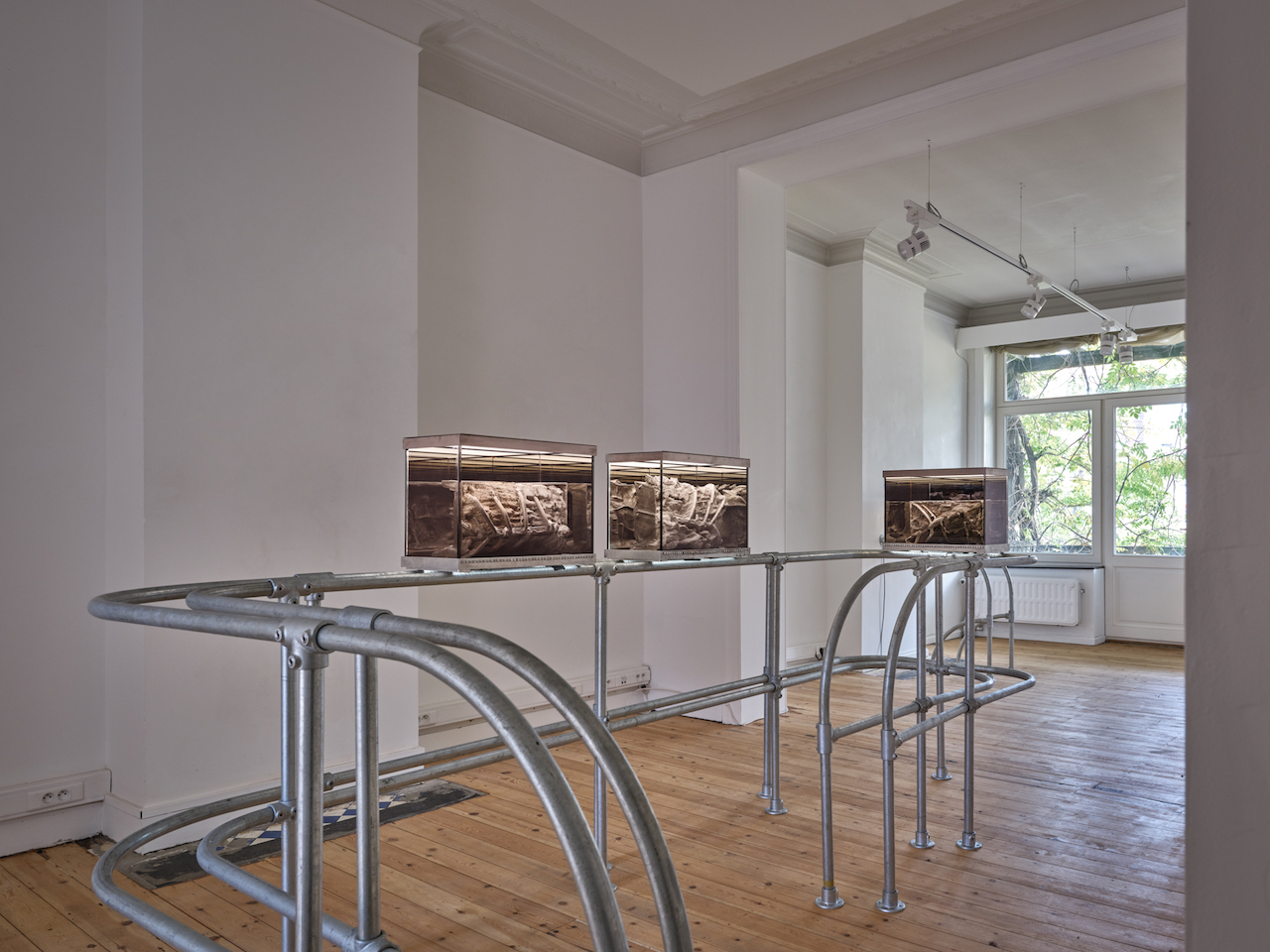
Eva L’Hoest, vue d’exposition inkstand – fragments of intent, Galerie Eric Mouchet, Bruxelles, 2025 © We Document Art_4
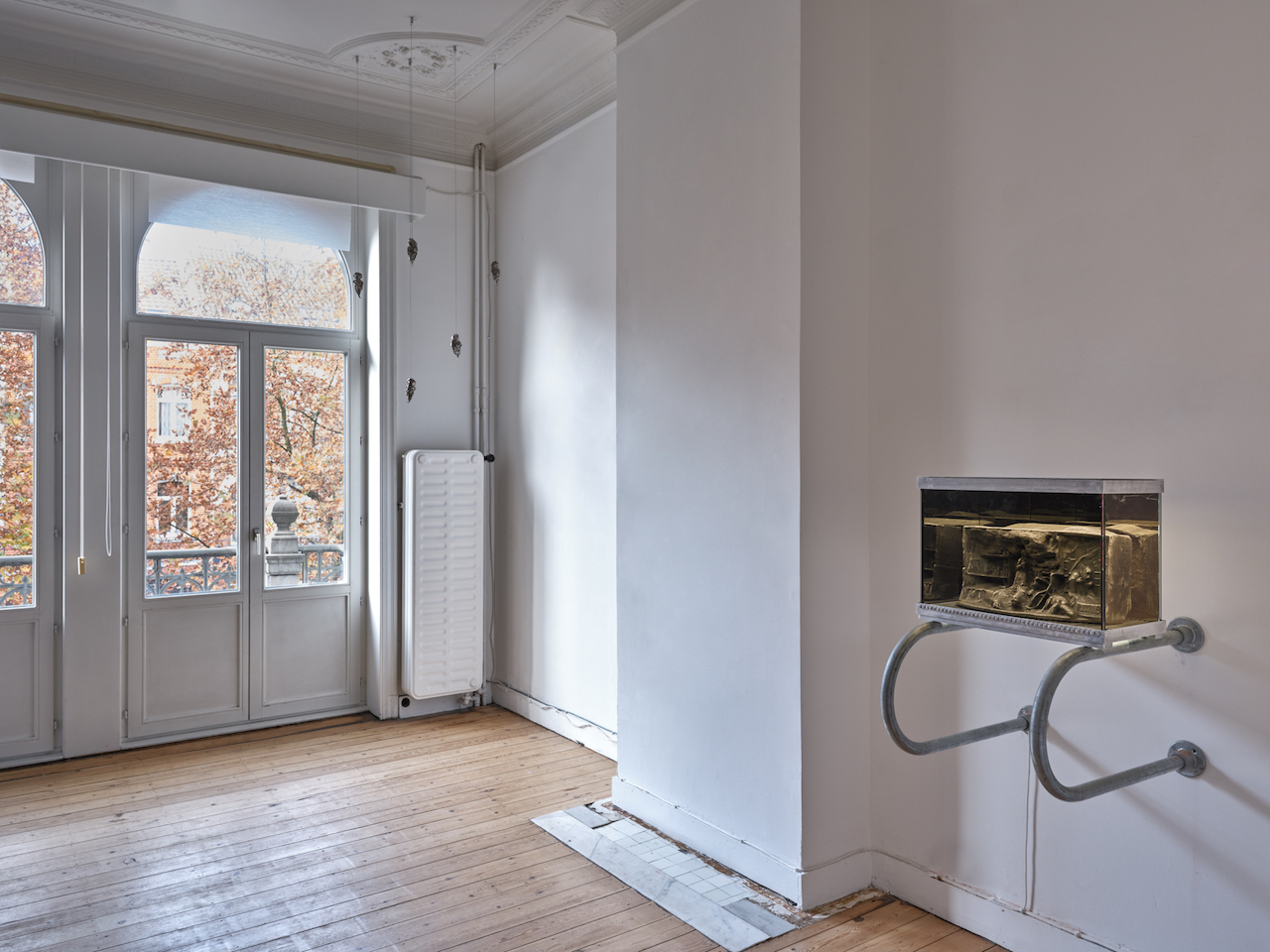
Eva L’Hoest, vue d’exposition inkstand – fragments of intent, Galerie Eric Mouchet, Bruxelles, 2025 © We Document Art_1
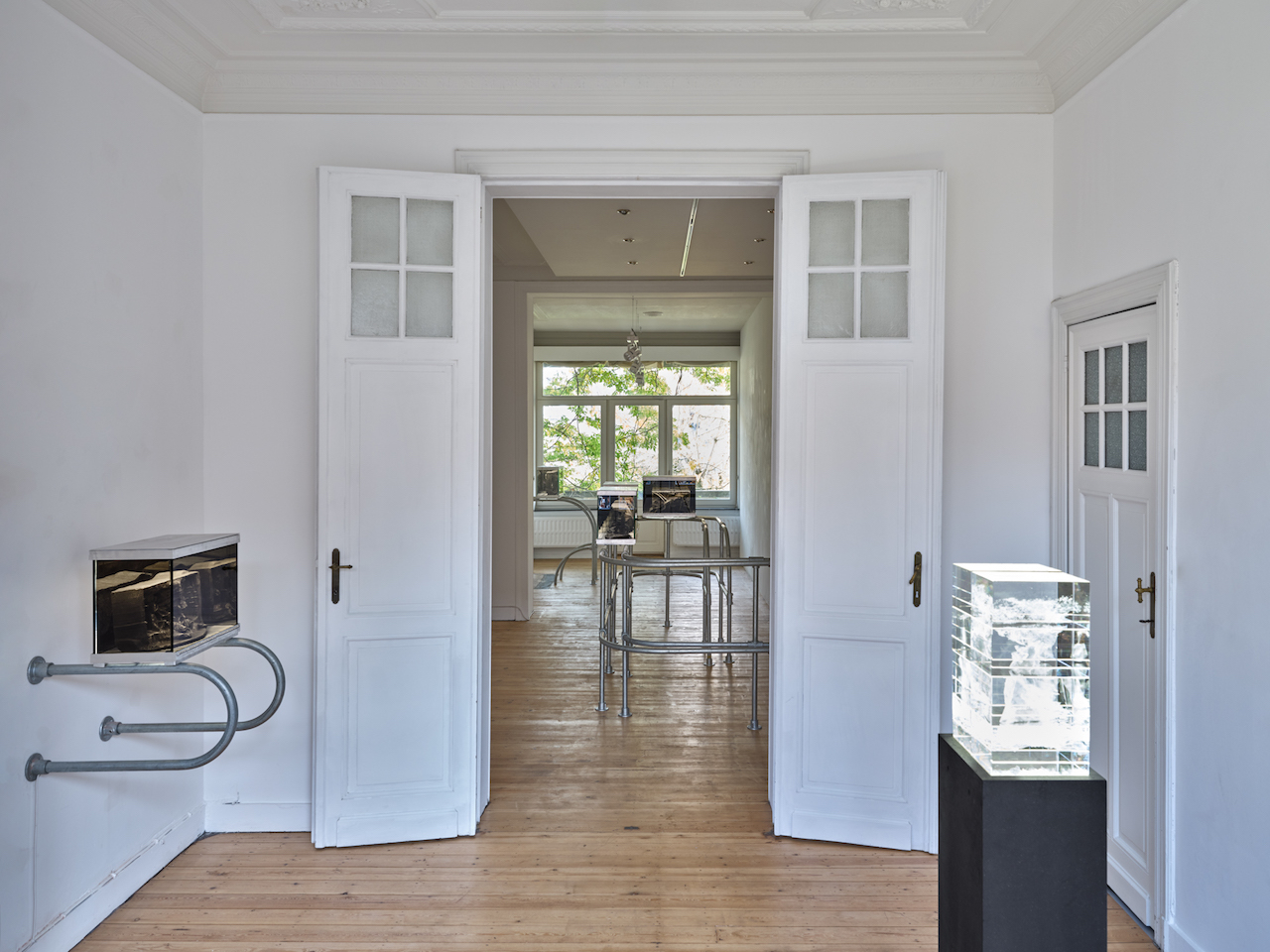
Eva L’Hoest, Ne pas réveiller les chiens qui dorment, 2025 © We Document Art_1
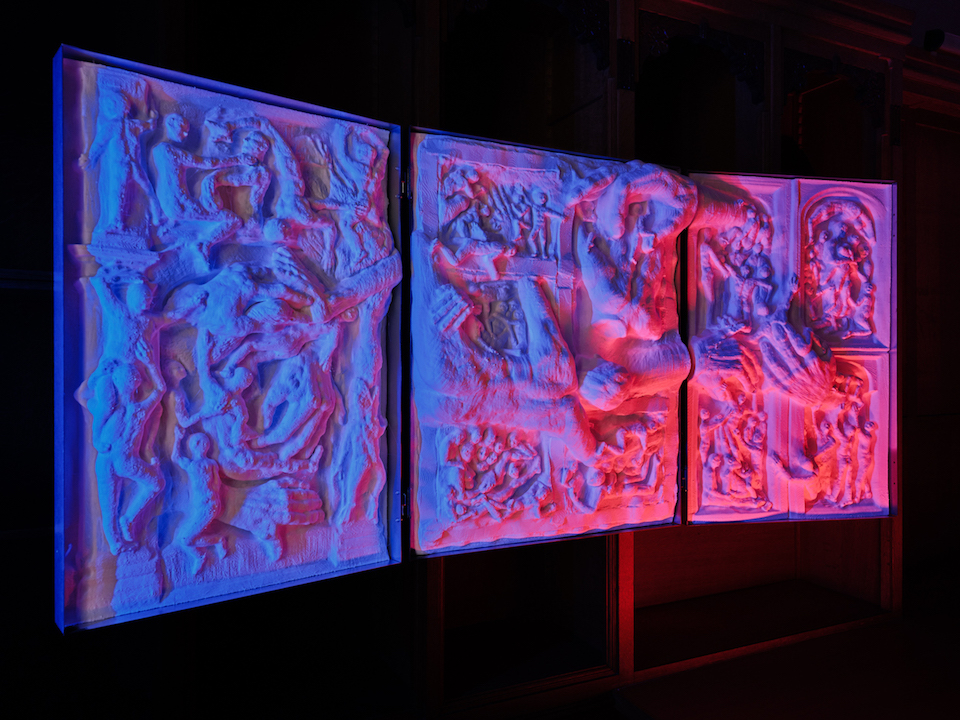
Eva L’Hoest, Ne pas réveiller les chiens qui dorment, 2025 © We Document Art_2
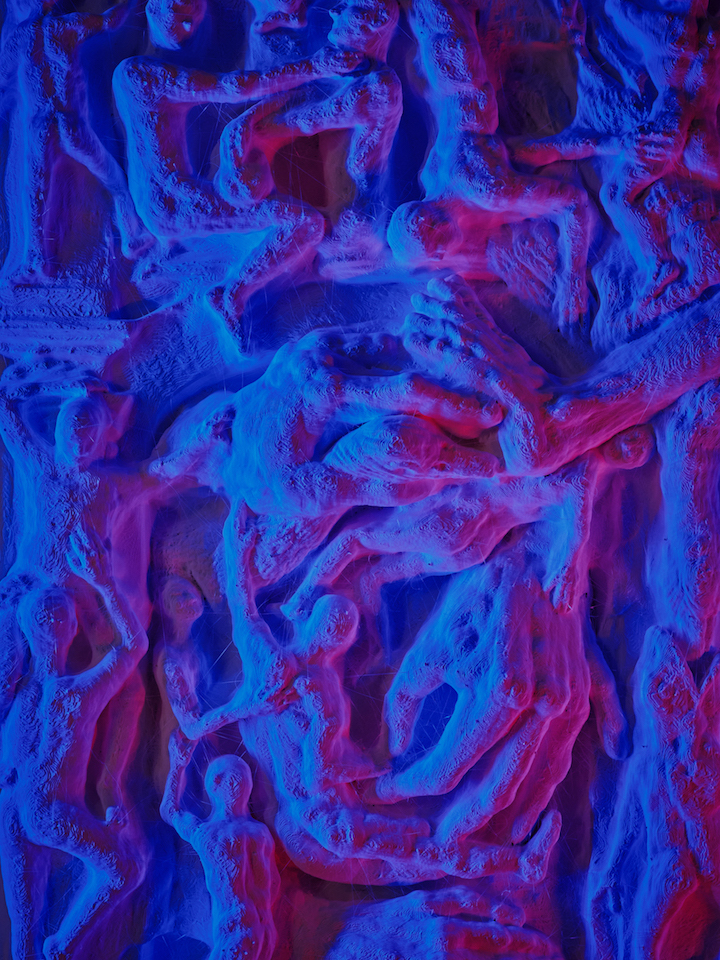
Eva L’Hoest, Ne pas réveiller les chiens qui dorment, 2025 © We Document Art_3

Eva L’Hoest, Ne pas réveiller les chiens qui dorment, 2025 © We Document Art_4

Eva L’Hoest, Domestic Shores, 2025 © We Document Art
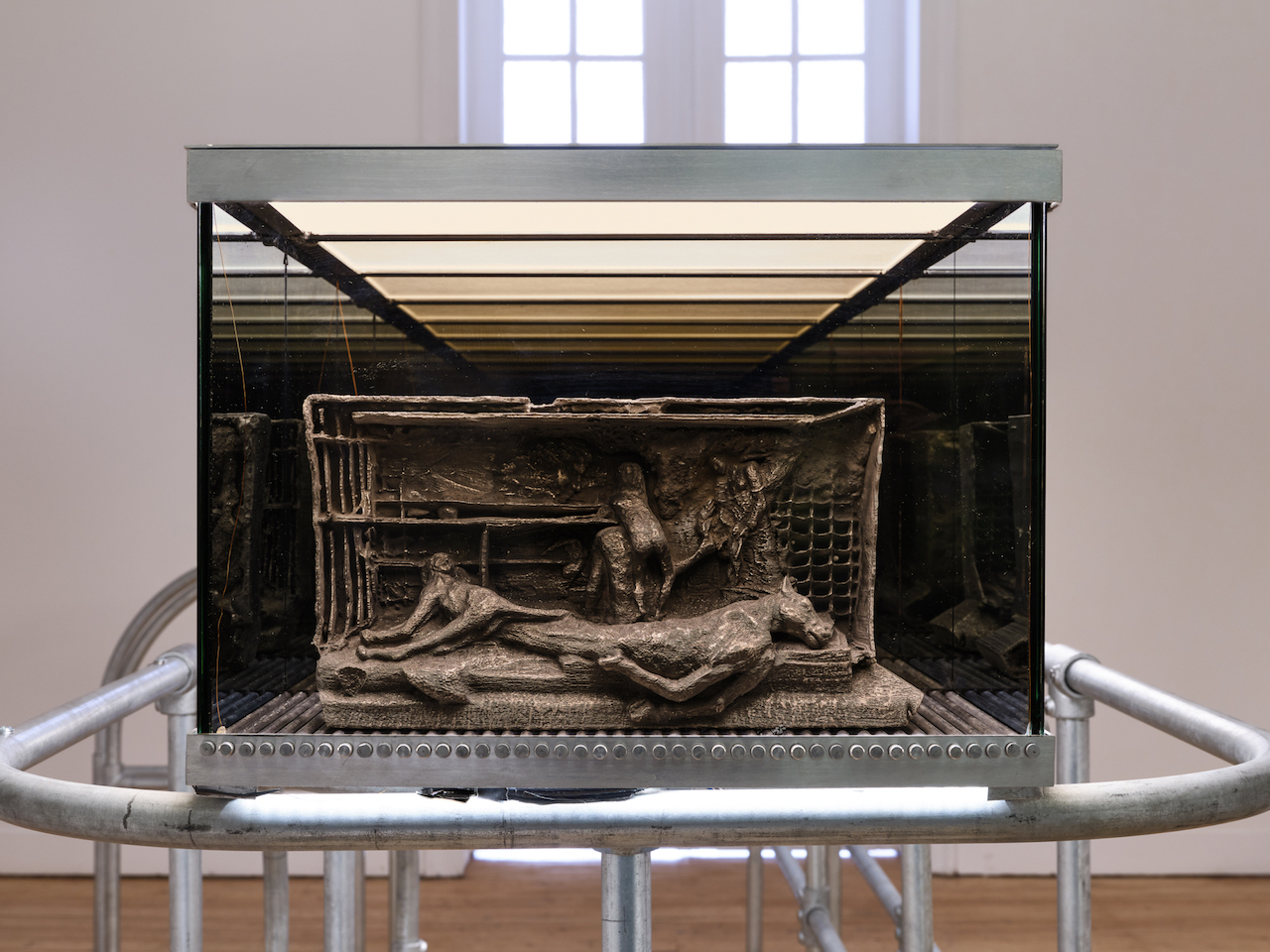
Eva L’Hoest, Leda’s Dream, 2025 © We Document Art
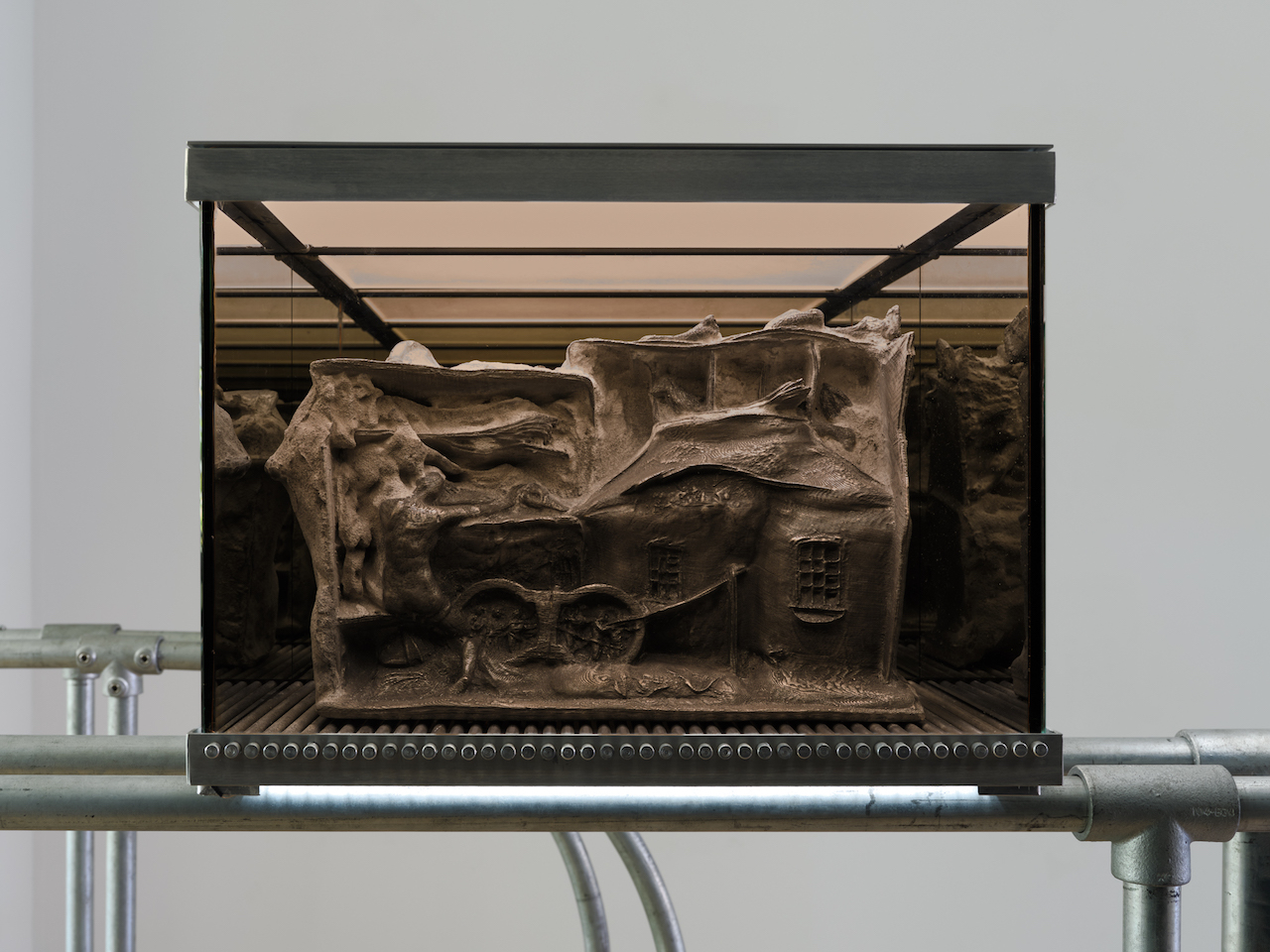
Eva L’Hoest, Palmless Manoeuvres, 2025 © We Document Art

Eva L’Hoest, The Pearl of which, 2025 © We Document Art

Eva L’Hoest, Spectio (False North), 2024 © We Document Art_1
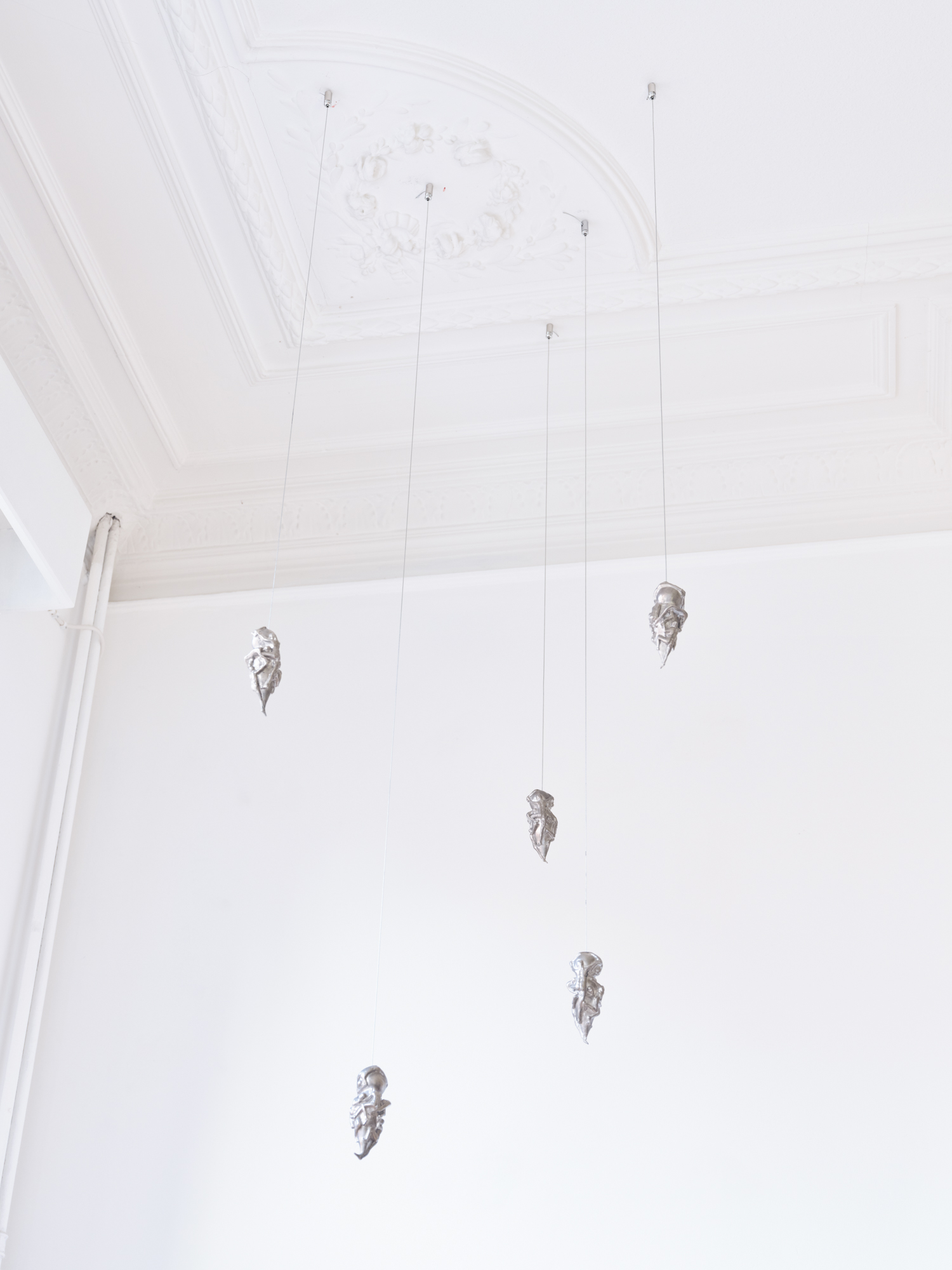
Eva L’Hoest, Spectio (False North), 2024 © We Document Art_2
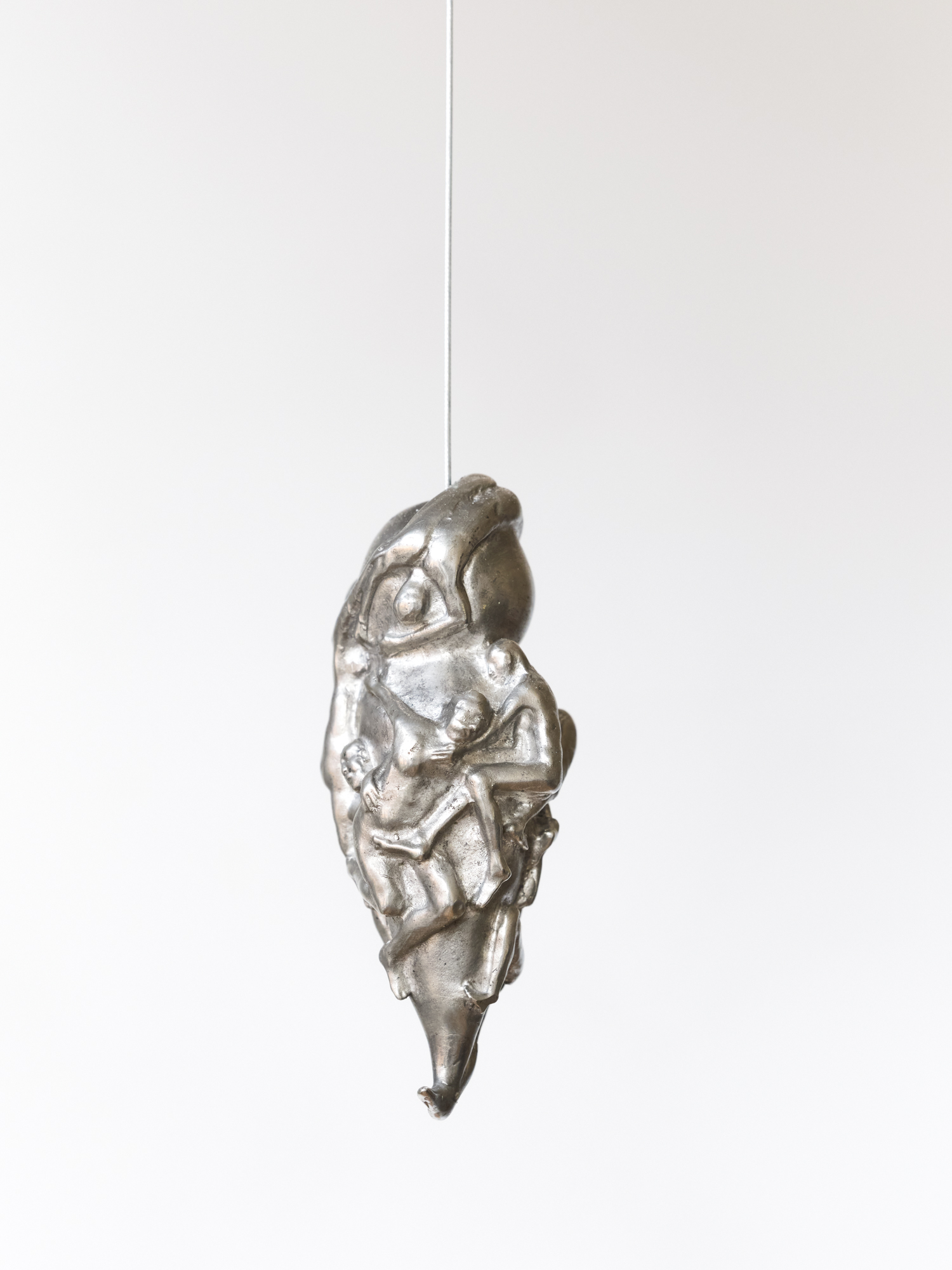
Eva L’Hoest, The Inmost Cell, 2021 © We Document Art_1
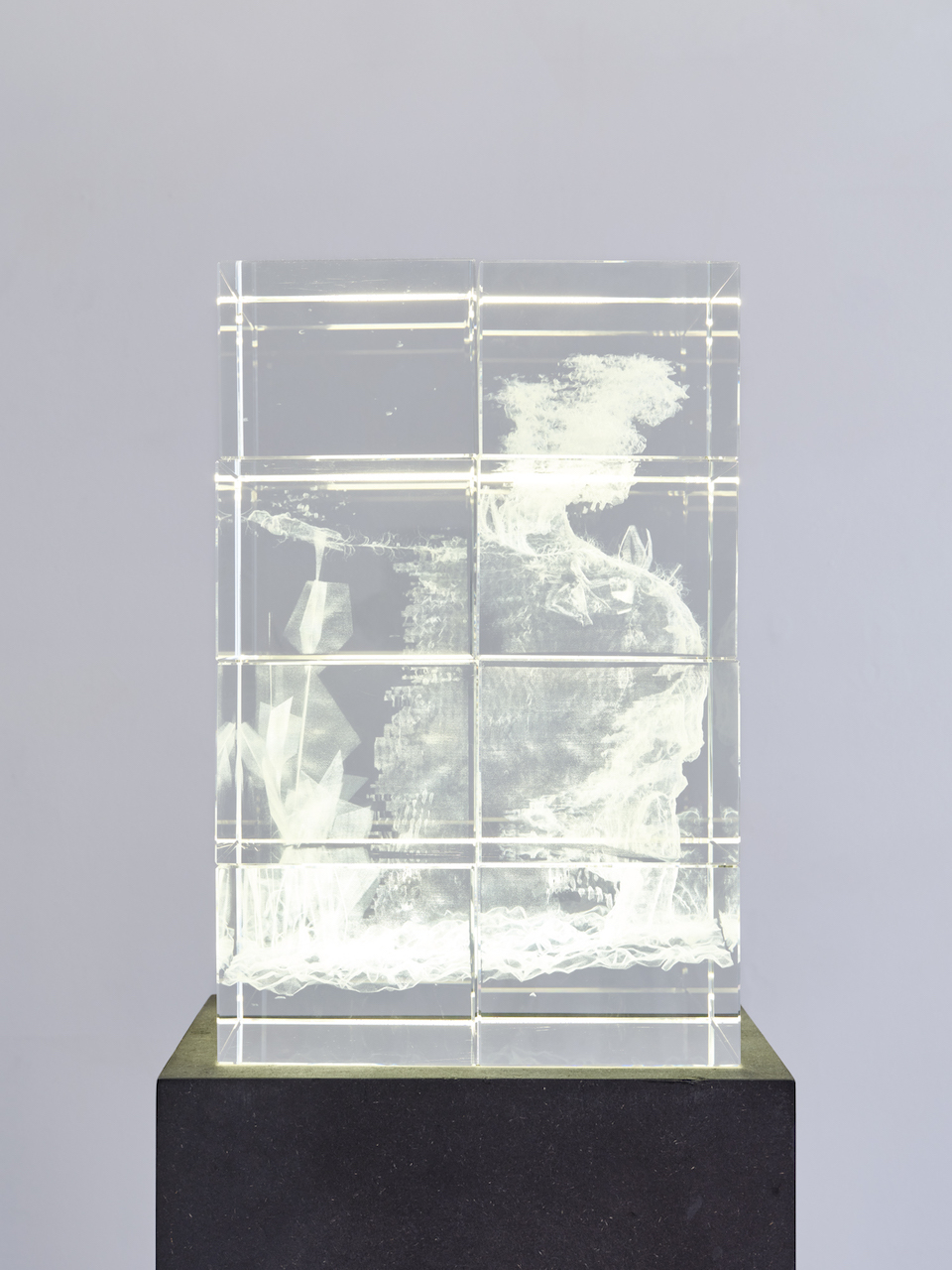
Eva L’Hoest, The Inmost Cell, 2021 © We Document Art_2
